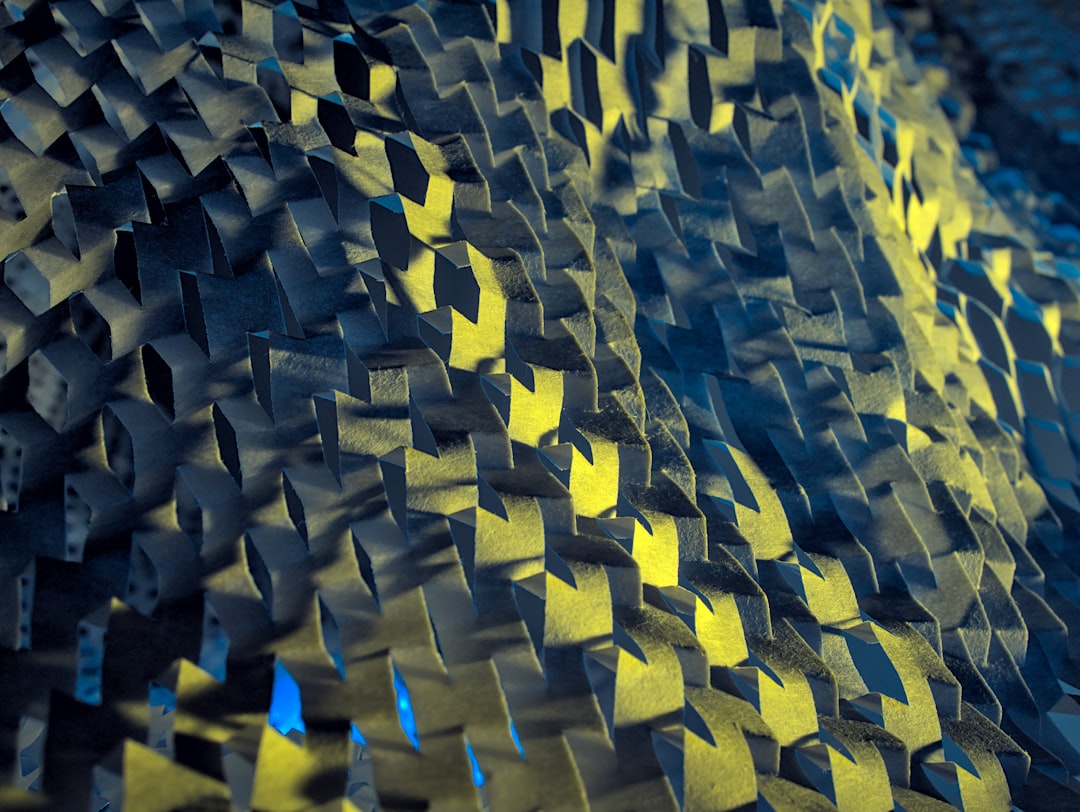What is it about?
This article looks at the tools available to scientists for predicting the colour of a dye. These are computer software packages which calculate how a colorant absorbs light. Short-cuts are built into the software to make the calculations possible, so the predictions must be treated with care. This paper describes why caution is needed.
Featured Image

Photo by Markus Spiske on Unsplash
Why is it important?
Many research papers are published by professional scientists where they use software to calculate properties of chemical compounds and compare them to experimental results. However, in a lot of cases, the authors of the papers appear unaware of the limitations of the software. This paper is intended to help explain such shortcomings.
Perspectives
Too many authors of scientific papers use software that calculates light absorption properties of colorants (and thus roughly indicates colour) like a black box. They take the results and use them in a way which suggests that they do not appreciate how the software has arrived at the values it outputs. We have therefore written a paper which we hope will help dye chemists better understand the complex principles behind the calculations performed by the software.
Dr Andrew D Towns
Read the Original
This page is a summary of: Molecular electronic spectroscopy: from often neglected fundamental principles to limitations of state-of-the-art computational methods, Coloration Technology, January 2015, Wiley,
DOI: 10.1111/cote.12120.
You can read the full text:
Contributors
The following have contributed to this page










